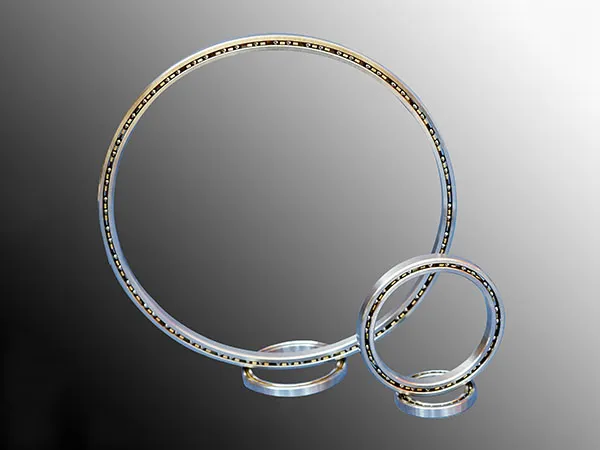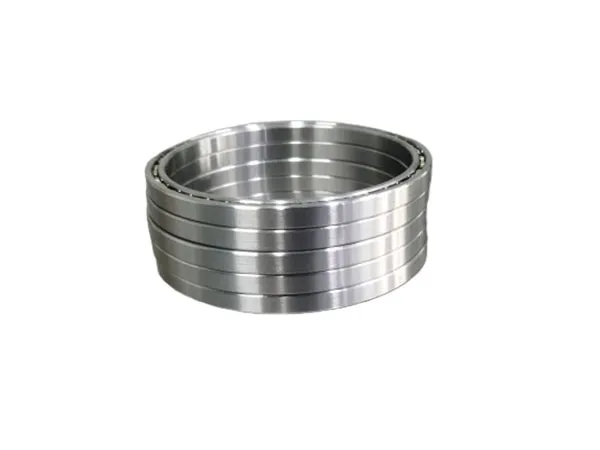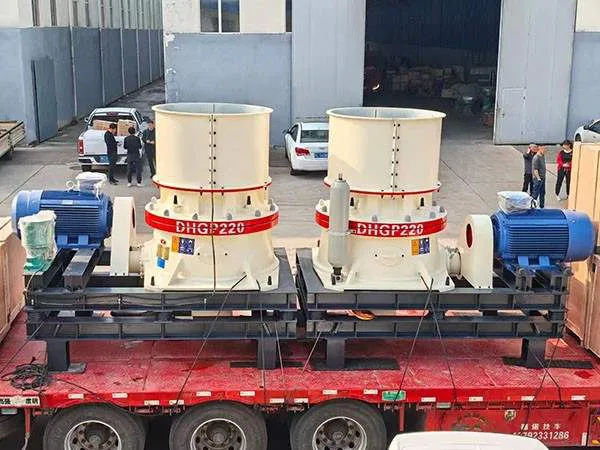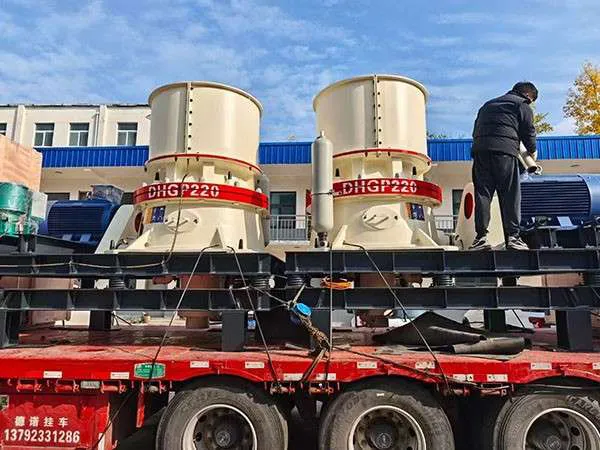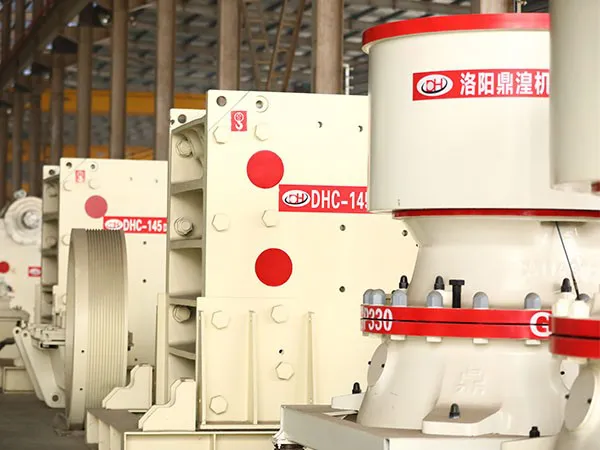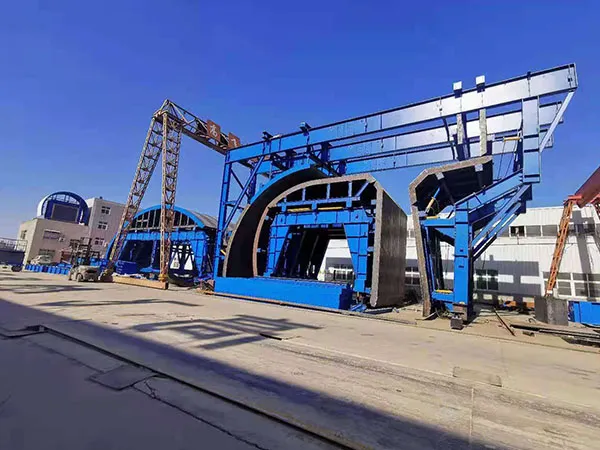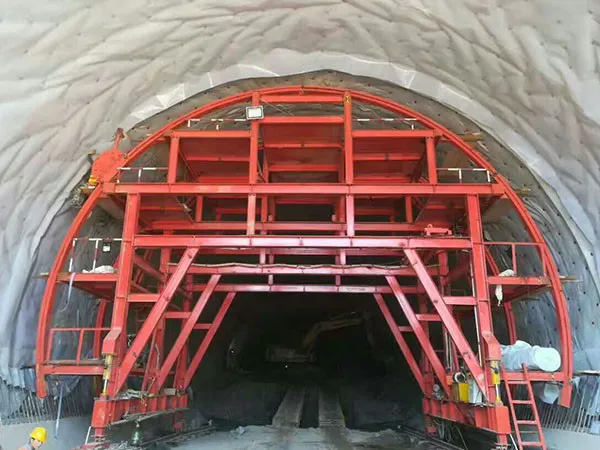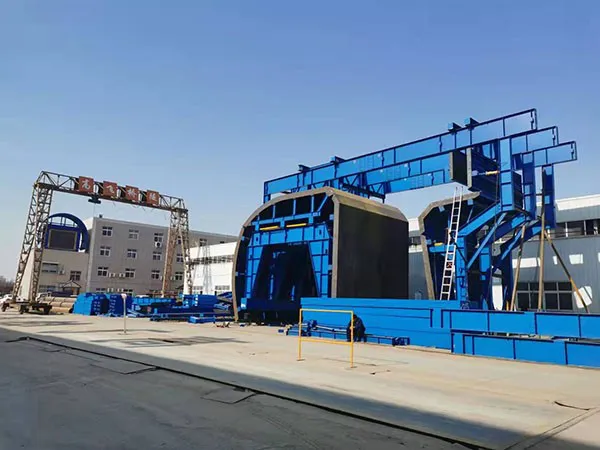En la industria de la fundición, Elegir el equipo adecuado es crucial para la eficiencia de la producción y la calidad del producto.. Como recipiente central en el proceso de fundición de metales., El rendimiento del crisol de grafito impacta directamente en los resultados de fundición., consumo de energía, e incluso seguridad operativa. Así, con una amplia variedad de crisoles de grafito en el mercado, ¿Por qué algunos ofrecen una larga vida útil y una alta eficiencia?, mientras que otros frecuentemente se estropean y aumentan los costos.? ¿Cómo puede su fundición tomar una decisión informada??
Cómo elegir el crisol de grafito adecuado para su fundición
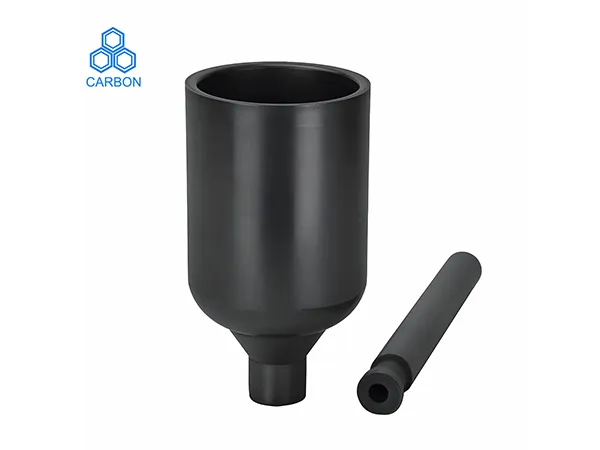
Simplemente pon, La vida útil y la eficiencia de un crisol de grafito están determinadas principalmente por factores como el proceso de fabricación y los materiales., así como la operación, operación, y mantenimiento.
I. La influencia decisiva del proceso de fabricación y los materiales
Ésta es la razón fundamental de las diferencias de rendimiento..
1. Proceso de fabricación: El núcleo del núcleo
Prensado isostático vs.. Moldeo por extrusión/compresión
Prensado isostático (un moderno, proceso de alta gama): Esta es la tecnología convencional para la fabricación de crisoles de grafito de alto rendimiento.. El polvo de grafito se coloca en un molde flexible y se aplica uniformemente al crisol desde todas las direcciones a través de un líquido.. Esto da como resultado un crisol extremadamente denso y uniformemente distribuido., como un pastel de capas densas sin puntos débiles. ventajas: Resistencia mecánica extremadamente alta, excelente conductividad térmica, excepcional resistencia al choque térmico (resistencia al calentamiento y enfriamiento rápidos), espesor de pared uniforme, y calentamiento rápido.
Resultados: Larga vida útil, alta eficiencia de fusión, y bajo consumo de energía.
Moldeo por extrusión/compresión (Proceso Tradicional): Usando presión unidireccional o bidireccional, La densidad y la uniformidad estructural son muy inferiores al prensado isostático..
desventajas: Se producen gradientes de densidad., haciéndolo propenso a grietas invisibles o puntos de concentración de tensión. Bajo altas temperaturas y el impacto del metal fundido., Estos puntos débiles se romperán primero., acortando la vida útil.
…
Para obtener información más detallada sobre cómo elegir el crisol de grafito adecuado para su fundición, por favor haga clic aquí:https://www.czgraphite.com/a/news/graphite-crucible-selection-for-foundries.html

